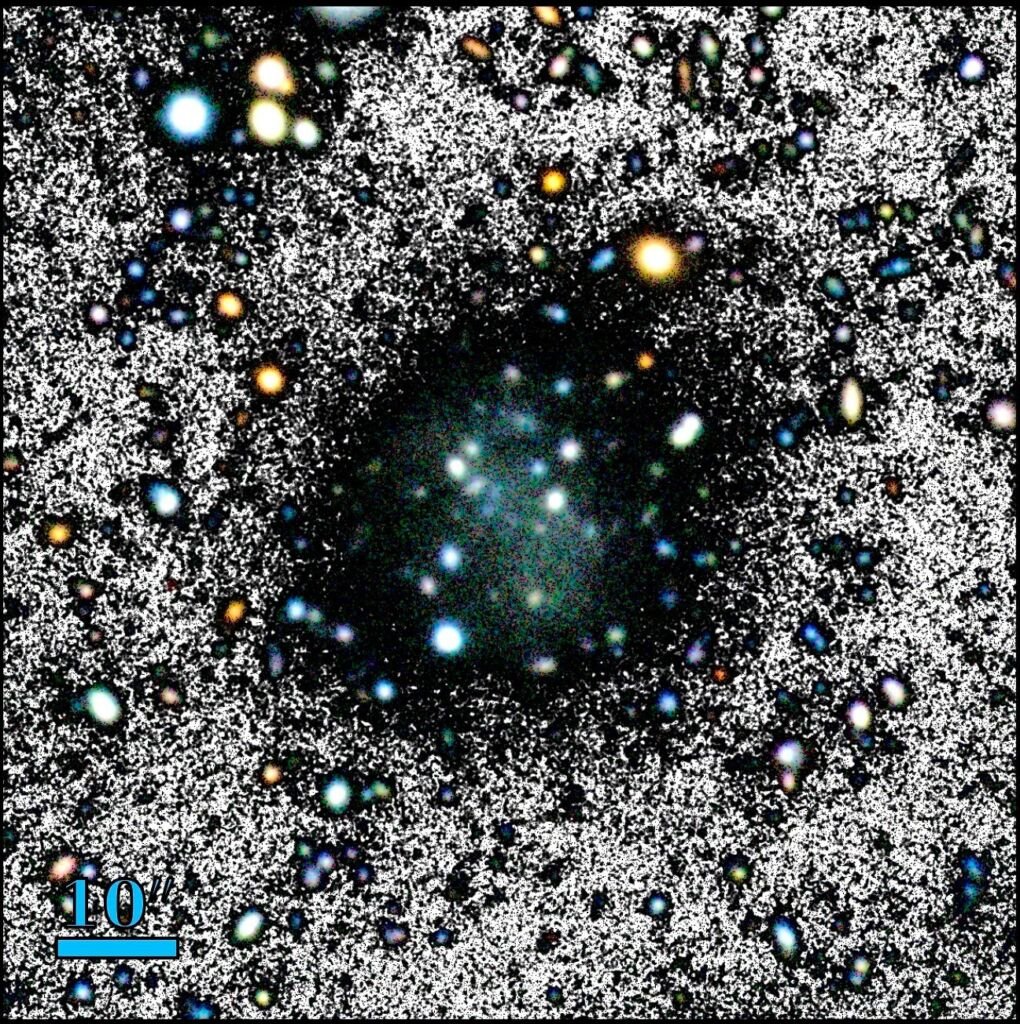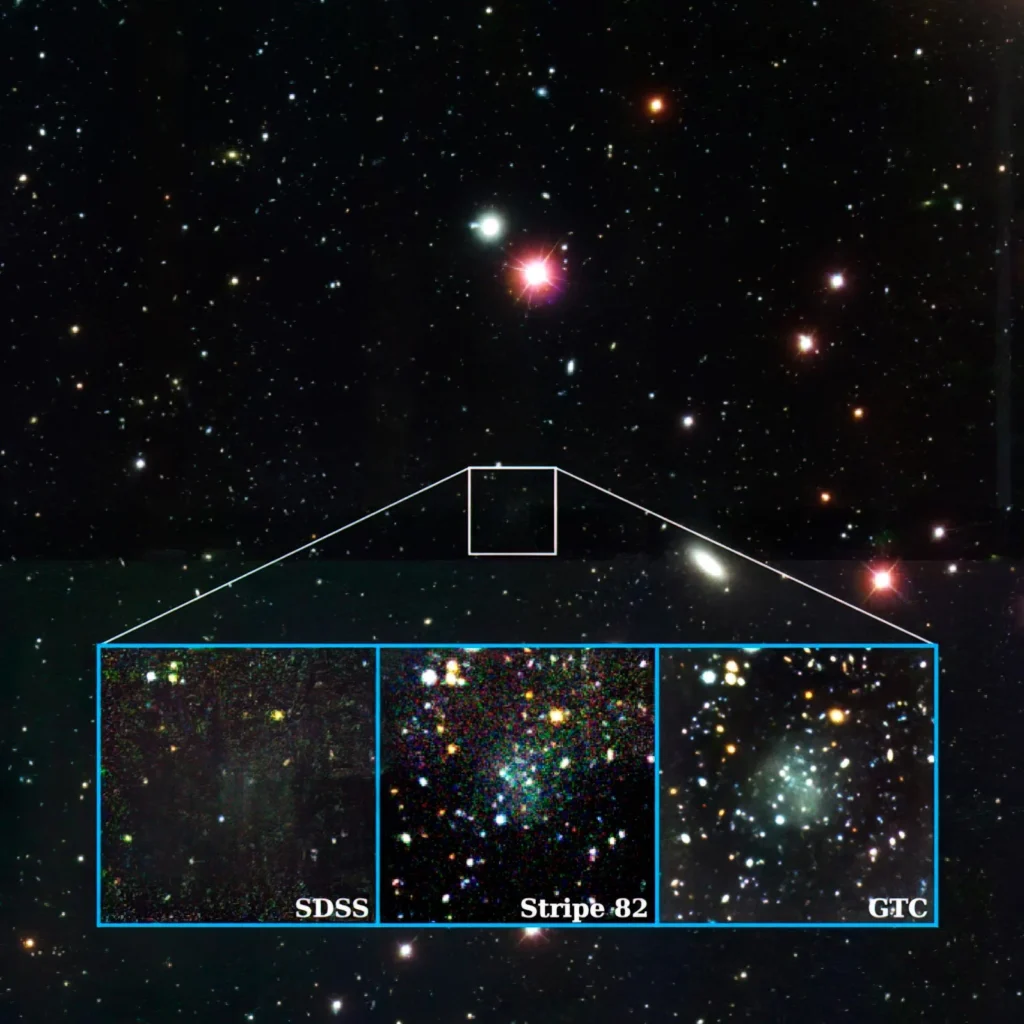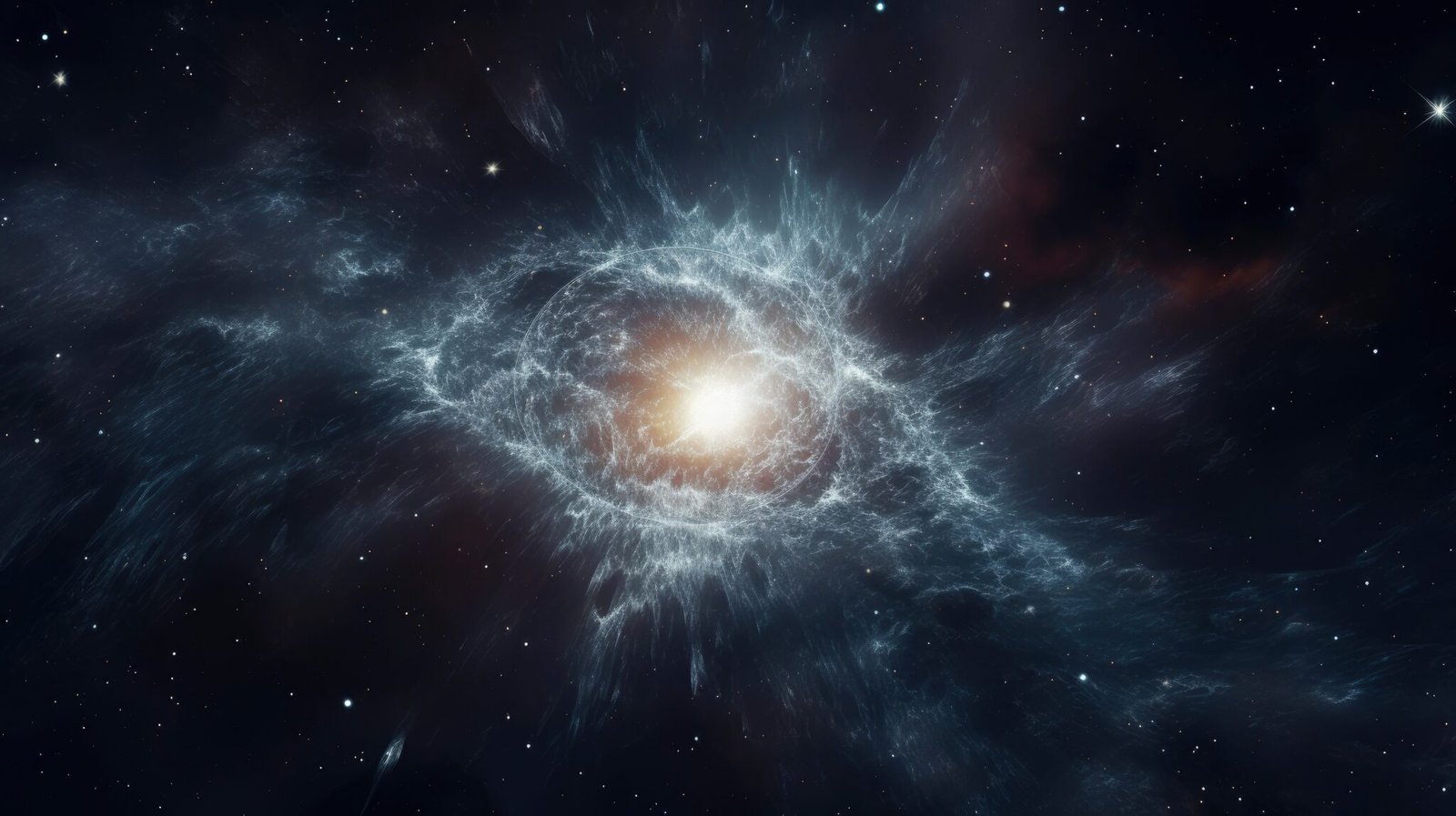Introduction:
“Ghost in the Cosmos” unveils the enigmatic presence of dark matter and energy, the invisible forces shaping our universe. This exploration delves into the cosmic shadows, where these unseen entities dictate the structure and expansion of the cosmos. Scientists, armed with advanced technology, strive to unravel these mysteries, seeking clues that lie in the behavior of galaxies and the cosmic microwave background radiation. As we stand on the brink of cosmic discovery, “Ghost in the Cosmos” invites readers on a journey to comprehend the vast, unseen majority of the universe, challenging our understanding of the very fabric of reality.
The cosmos is a vast, intricate tapestry of galaxies, stars, planets, and myriad celestial phenomena. Among these celestial entities, some remain elusive, almost ghost-like, defying direct observation yet making their presence known through the gravitational influence they exert on visible matter.

Among these enigmatic celestial phenomena is Nube, an invisible dwarf galaxy that challenges our understanding of the universe. Dubbed the “Ghost in the Cosmos,” Nube serves as a fascinating subject for astronomers and astrophysicists alike, offering insights into the formation and evolution of galaxies.
The Ghost in the Cosmos - Nube
“Nube,” derived from the Spanish word for “cloud,” aptly describes this elusive galaxy. Its invisibility and the difficulty in detecting it through conventional telescopic methods liken it to a ghostly cloud, floating undetected in the vast cosmic arena.
The name was suggested by a 5-year-old girl, the daughter of one of the researchers of the astrophysicist group. The diffused appearance of the galaxy justified the name.
This dwarf galaxy remained unnoticed during previous surveys because the stars of this galaxy were so spread out in a large volume and were almost undetectable.
Galactic Coordinates and Position:
Nube is situated in a relatively unexplored region of space, far from the luminous pathways of well-known galaxies. Its precise coordinates are determined through indirect methods such as gravitational lensing and the tracking of peculiar movements of nearby celestial bodies influenced by Nube’s gravitational pull.
Distance from Earth:
The galaxy lies at a significant distance from Earth, making its observation and study a formidable challenge. Its exact distance, measured in light-years, underscores the vastness of space and the limitations of current astronomical technology in probing such remote frontiers.
Using the observation of the Green Bank Telescope (GBT) in the USA, the distance of the Nube estimated is 300 million light years. However the upcoming observations using the Very Large Array (VLA) radio telescope and the optical William Herschel Telescope (WHT) at the Roque de los Muchachos Observatory, La Palma will help to figure out the correct distance.
Discovery History:
▶ Initial Indications:
Astronomers first suspected the existence of Nube through anomalies in the gravitational behavior of neighboring galaxies and star systems. These irregularities hinted at the presence of an unseen mass, exerting influence without revealing itself.
▶ Breakthrough Observations:
The confirmation of Nube’s existence came from a combination of advanced observational techniques, including deep-space imaging, gravitational lensing effects, and the analysis of cosmic microwave background radiation. These methods provided indirect evidence of the galaxy, piecing together the puzzle of its ghostly presence.
Features:
▶ Composition and Structure:
Nube exhibits characteristics typical of dwarf galaxies, with a relatively small assembly of stars compared to larger galaxies. However, its most notable feature is its dark matter composition, which dominates its mass and is key to its invisibility in optical wavelengths.

▶ Stellar Population:
The stellar makeup of Nube is unique, comprising primarily older, dimmer stars with a lack of the bright, young stars seen in more easily observed galaxies. This composition further contributes to its elusive nature.
Importance of Its Discovery:
▶ Advancing Galactic Formation Theories:
The discovery of Nube has profound implications for our understanding of galaxy formation and evolution. It provides a tangible example of how dwarf galaxies contribute to the hierarchical buildup of larger galactic structures in the universe.
▶ Dark Matter Research:
Nube’s high concentration of dark matter offers a valuable laboratory for studying this mysterious component of the universe. Understanding Nube’s dark matter distribution helps refine models of cosmic structure and the role of dark matter in galaxy dynamics.
▶ Challenges and Opportunities for Observational Astronomy:
The detection and study of Nube push the boundaries of current astronomical technology and methodologies. It highlights the need for more sensitive and advanced instruments, capable of unveiling other hidden members of the cosmic community.
Discovery of Nube - challenging dark matter model:
The discovery of Nube, a dwarf galaxy rich in dark matter, has presented astronomers and astrophysicists with a unique opportunity to test and challenge the prevailing models of dark matter and its role in the cosmos. This ghostly entity, with its peculiar characteristics, offers critical insights into the nature of dark matter, potentially reshaping our understanding of how galaxies form and evolve.
▶ Revisiting the Dark Matter Halo Theory:
The foundational theory of dark matter proposes that galaxies are enveloped in halos of dark matter, which are crucial for explaining the observed rotational speeds of galaxies.
However, Nube’s characteristics, including its mass distribution and the apparent lack of visible matter compared to its dark matter content, raise questions about the uniformity of these halos and their behavior in dwarf galaxies.
This anomaly could indicate variations in dark matter density or distribution that are not accounted for in current models.
▶ The Missing Satellite Problem:
Nube contributes to the ongoing debate surrounding the “missing satellite problem,” where simulations predict a higher number of dwarf galaxies in the Local Group than are observed.
Its discovery in a region previously thought to be devoid of such galaxies suggests that current dark matter simulations may overestimate the visibility of these galaxies or misunderstand their distribution.
This discrepancy challenges the accuracy of dark matter simulations in predicting the number and properties of dwarf galaxies.
▶ The Too Big to Fail Problem:
Related to the missing satellite problem is the “too big to fail” issue, where the most massive subhalos in dark matter simulations are too dense to host the faint dwarf galaxies we observe. Nube, with its substantial dark matter content yet sparse visible matter, exemplifies this problem.
It suggests that our understanding of the relationship between visible galaxies and their dark matter halos needs refinement, as current models do not fully explain why we do not see more luminous galaxies within these massive dark matter concentrations.
▶ Dark Matter Particle Properties:
The study of Nube also impacts the theoretical properties attributed to dark matter particles. Its existence and the way its dark matter interacts with visible matter could offer clues about the particle nature of dark matter, such as its cross-section and whether it interacts with other forces besides gravity.
If Nube’s dark matter does not conform to the behaviors predicted by cold dark matter theory, it could support alternative models like warm dark matter, self-interacting dark matter, or even more exotic possibilities.
▶ Implications for Galaxy Formation and Evolution:
Finally, the discovery of Nube challenges our understanding of galaxy formation and evolution, particularly the role of dark matter in these processes.
The conditions in Nube could provide evidence of how dark matter influences the formation of stars and galaxies in conditions that differ significantly from those in more luminous galaxies.
This could lead to a broader understanding of the universe’s structure, including the formation of galaxy clusters and the web-like structure of the cosmos.
Conclusion:
Nube, the invisible dwarf galaxy, stands as a beacon for astronomers and physicists, challenging the prevailing dark matter models and inviting a reevaluation of our cosmic theories.
Its peculiar existence prompts questions that push the boundaries of current astrophysical research, highlighting the complexities of dark matter and its fundamental role in the architecture of the universe.
As we continue to explore these ghostly phenomena, we inch closer to unraveling the mysteries of the cosmos, one galaxy at a time.

